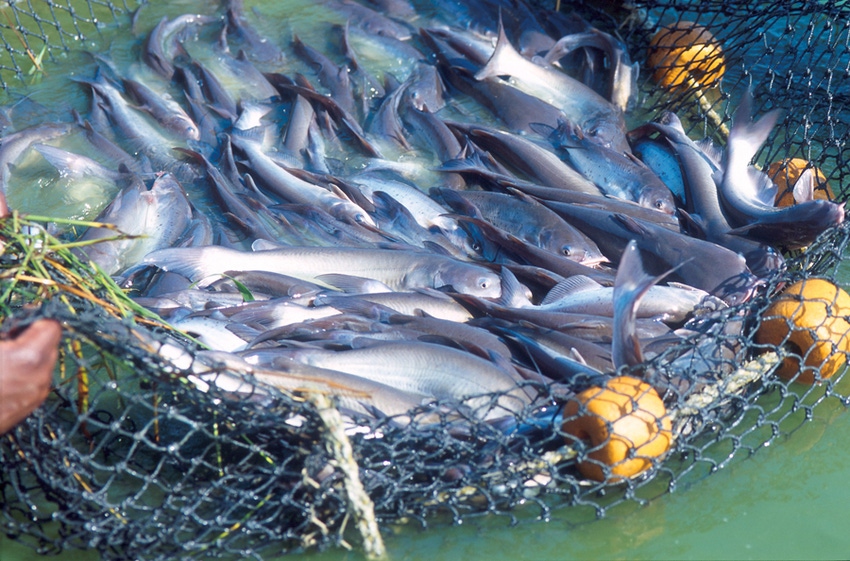
A few years back, I sat down to dinner with several dozen rice producers attending an annual rice conference.
Crawfish were on the menu, one of my favorite foods. We assumed the crustaceans were grown in Louisiana, and would be served with locally-grown rice.
As it turned out, the crawfish were not of Cajun descent, but were from China, part of $63 million in crawfish tails exported to the United States that year. At that time, the morsels were not only being dumped on American markets at significantly lower prices, but there was also a great deal of concern that they were being raised under unsanitary conditions.
There was only one thing I could do at that point. I ordered the ribeye.
Since then, Chinese crawfish imports have abated somewhat, thanks to Louisiana legislators and the Louisiana Department of Agriculture.
First the Louisiana state legislature passed a law requiring restaurant owners disclose to consumers where any crawfish on the menu were raised.
At the same time, the Louisiana Department of Agriculture developed a promotional campaign called “Ask Before You Eat.” Crawfish consumers were asked to request Louisiana crawfish when patronizing stores or restaurants.
Today, crawfish producers tell me that imports of crawfish from China have significantly declined in recent years, both from the effects of the campaign and unfavorable weather in China which significantly reduced the harvest there.
The U.S. catfish industry thought it had a victory over the flood of catfish imports from Vietnam and China, many of which were also raised in unsanitary conditions, including in the presence of raw sewage.
See a video of catfish production in Vietnam here fish www.SafeCatfish.com.
Several years ago, Congress voted to require USDA oversight of all catfish, imported and domestic, to insure that foreign imports of catfish are safe for consumers (the USDA Catfish Inspection Program).
But the law languished on the sidelines for years, with several anti-USDA –inspection campaigns launched against it, including one by a University of Missouri professor, who says the law would hurt soybean exports.Currently, catfish is still under the purview of the Food and Drug Administration.
In an effort to get something moving, in April, Sen. Thad Cochran encouraged the head of the FDA to work to implement a catfish inspection program that ensures foreign imports are safe for consumers.
“I know it may be complex and challenging but a lot of producers and those in the catfish business here in the United States are worried that they are unfairly put at an economic disadvantage as compared to foreign importers,” said Cochran.
No matter what agency inspects catfish, it’s obvious that U.S. catfish producers are held to a higher standard at all stages of production to insure that their catfish are safe to eat, and would welcome closer inspections. Foreign producers shouldn’t mind either unless they have something to hide.
In the meantime, always ask what you’re eating.
About the Author(s)
You May Also Like






